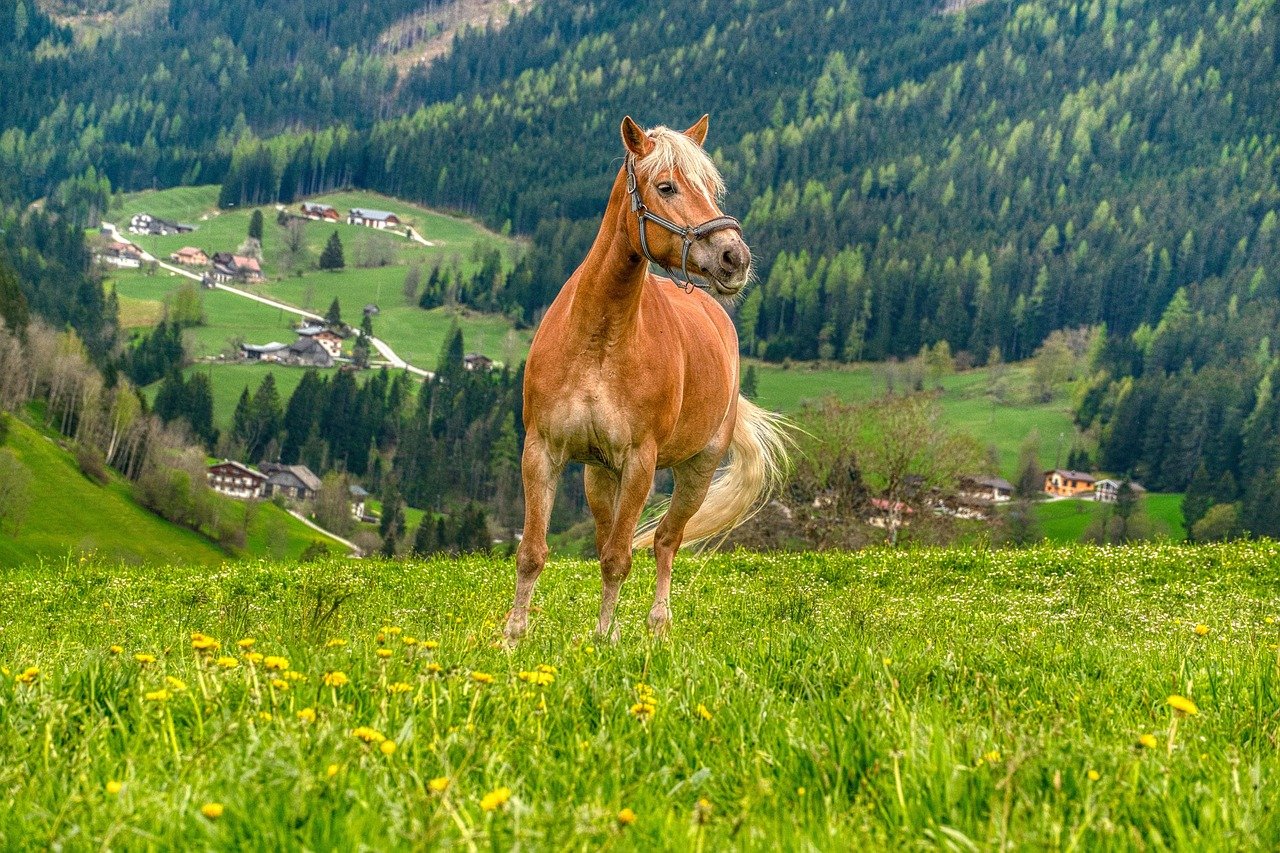Every horse deserves a lush, green pasture where it can graze to its heart’s content. Proper pasture management is not just about maintaining the aesthetics of your fields but ensuring your horses have access to nutrient-rich forage. This endeavor requires more than just allowing nature to take its course. It demands a blend of science, art, and patience. Dive into these eight crucial pasture management tips to ensure your horses get the best out of their foraging experiences.
Evaluate Your Pasture’s Health
The first step in pasture management is a thorough evaluation of your current pasture’s health. Just like a doctor assesses a patient, you must assess your field to ensure it meets the dietary needs of your horses. Look out for signs of overgrazing, sparse vegetation, and the presence of weeds. These are clear indicators that your pasture may need some rejuvenation.
Consider conducting a soil test to determine nutrient levels. This test will provide insights into what your pasture lacks and what it has in abundance. Knowing these details allows you to make informed decisions when it comes to fertilization and reseeding. Remember, a healthy pasture is the foundation of a healthy horse.
Implement Rotational Grazing
Rotational grazing is a technique that can transform your pasture management approach. It involves dividing your pasture into smaller sections and rotating your horses through them. This method ensures that no single area is overgrazed, allowing grass in one section to recover while another is grazed.
This approach mimics the natural foraging habits of wild horses that roam freely over large areas. By adopting rotational grazing, you not only preserve the health of your pasture but also promote a more diverse plant growth, which can be beneficial for your horses. Think of it as a buffet where the menu changes regularly, keeping your horses interested and their diet balanced.
Control Weeds and Unwanted Plants
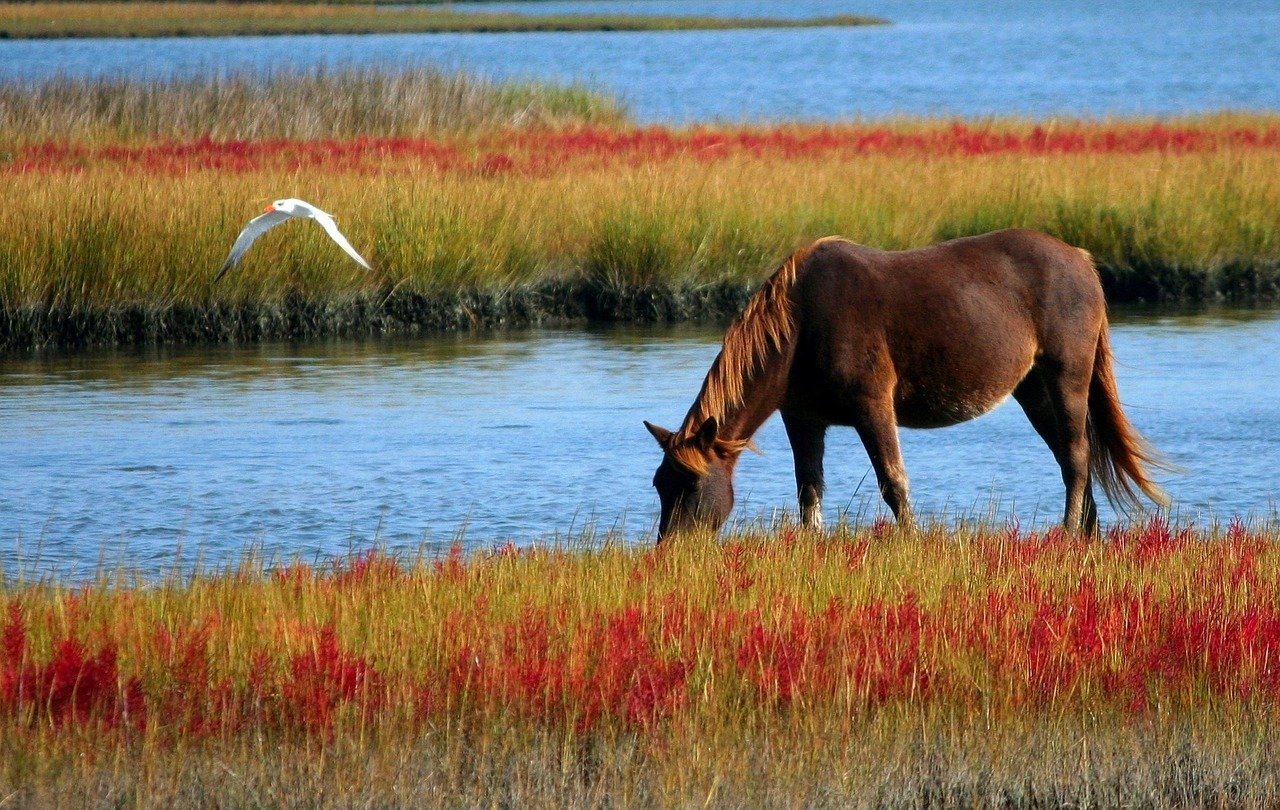
Weeds are the uninvited guests in any pasture. They compete with nutritious grasses for sunlight, water, and nutrients. While some weeds may be harmless, others can be toxic to horses. Regularly walking through your pasture to identify and remove these unwanted plants is essential.
Consider using both mechanical and chemical methods to control weed growth. Mechanical methods include mowing and hand-pulling, while chemical methods involve the careful use of herbicides. Always ensure that the methods you choose are safe for your horses and the environment. A weed-free pasture is not only more aesthetically pleasing but also ensures that your horses consume only the best forage.
Maintain Optimal Soil Fertility
Soil fertility is the backbone of a thriving pasture. Fertile soil leads to lush, nutrient-rich grass, which is essential for your horse’s health. Begin by understanding the current fertility status of your soil through testing. This will guide you in applying the right type and amount of fertilizer.
Organic matter, such as compost, is a great way to boost soil fertility. It improves soil structure, water retention, and provides essential nutrients. Additionally, consider using lime to balance soil pH if necessary. Remember, a well-fertilized pasture is like a well-stocked pantry, providing everything your horse needs for optimal health.
Ensure Adequate Water Supply
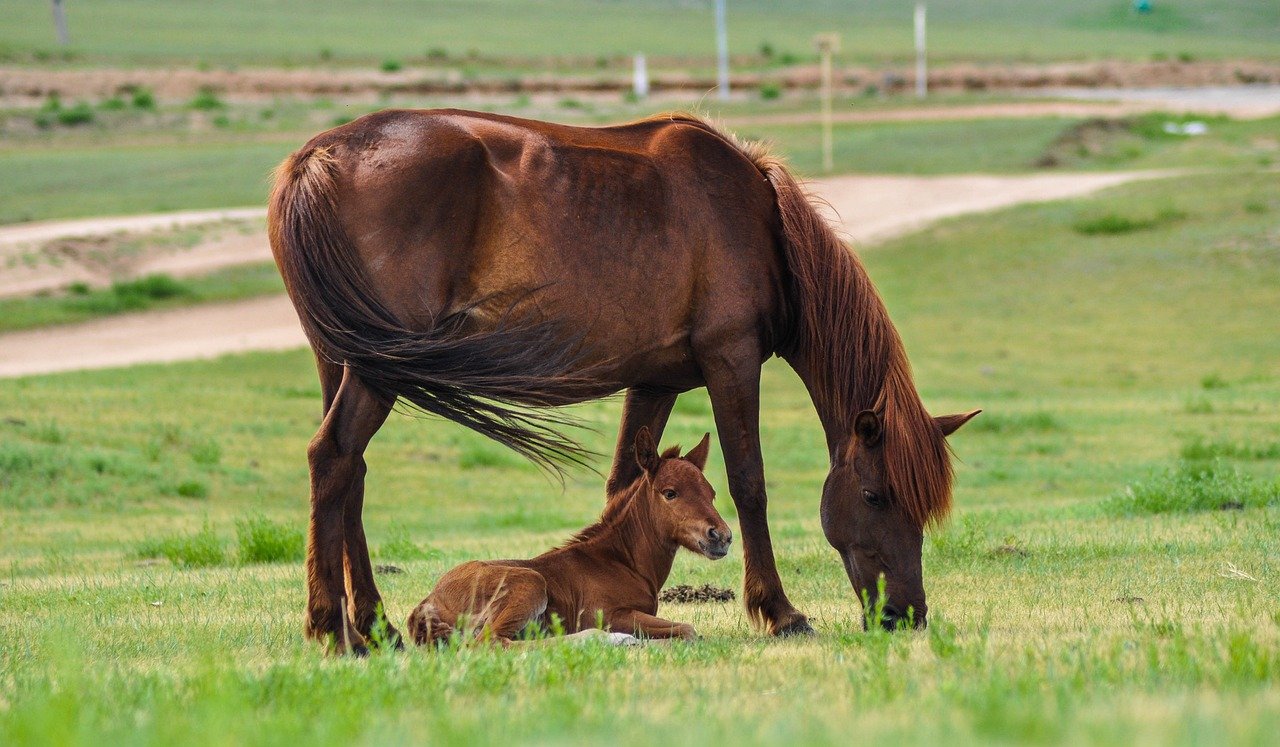
Water is life, not just for horses but for the pasture itself. Ensuring that your pasture has an adequate water supply is vital. Horses need clean, fresh water to stay hydrated, and plants need it to grow. Consider installing water troughs in strategic locations to ensure your horses have easy access.
Additionally, consider installing irrigation systems if your region experiences dry spells. This ensures that your pasture remains green and lush even during the driest months. Think of water as the lifeline of your pasture, nourishing both the grass and the horses that graze upon it.
Manage Grazing Pressure
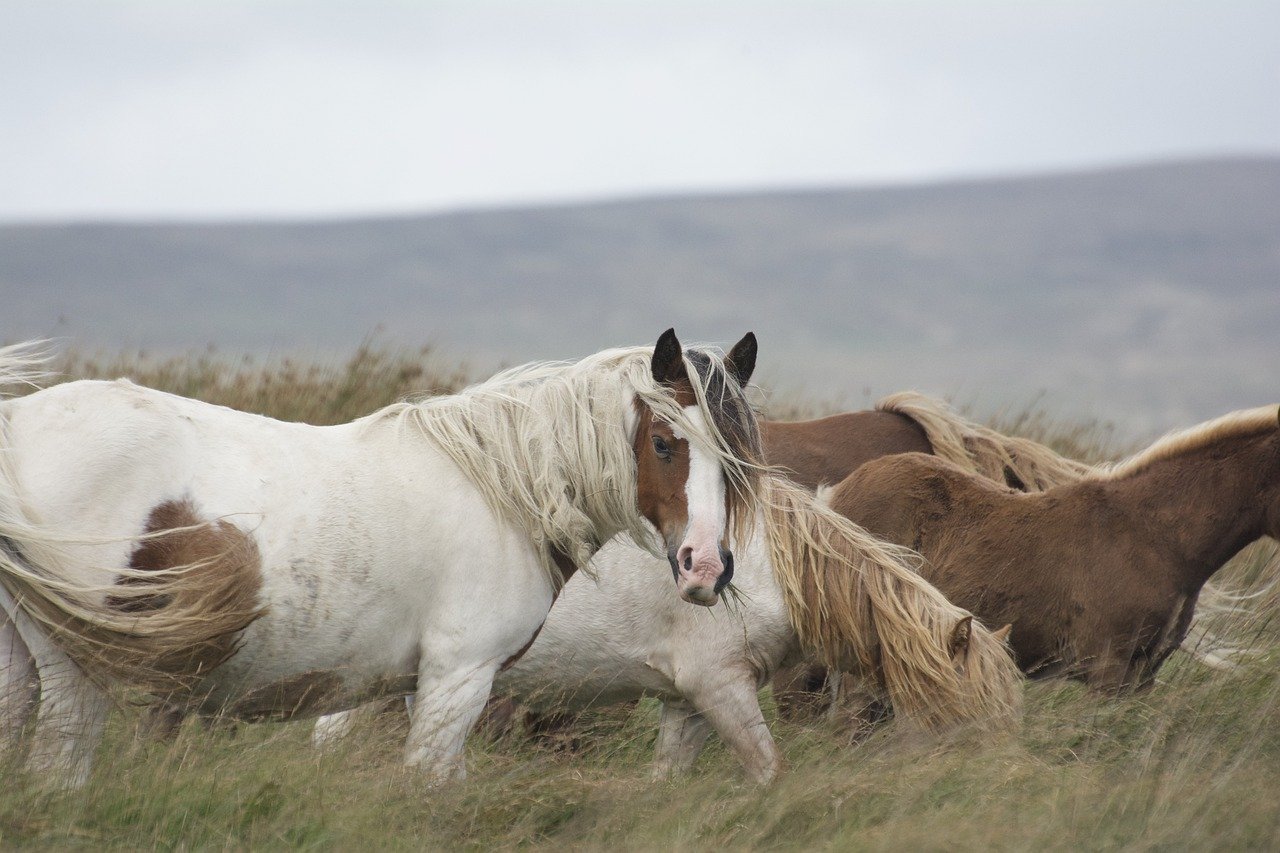
Grazing pressure refers to the number of horses grazing a particular area of pasture. Too many horses on a small patch can lead to overgrazing, soil compaction, and pasture degradation. It’s essential to monitor and manage the number of horses on your pasture to maintain its health.
A good rule of thumb is to allow at least two acres of pasture per horse. This gives the grass enough time to recover and regrow after being grazed. By managing grazing pressure, you ensure that your pasture remains productive and your horses have access to continuous forage.
Implement Reseeding Strategies
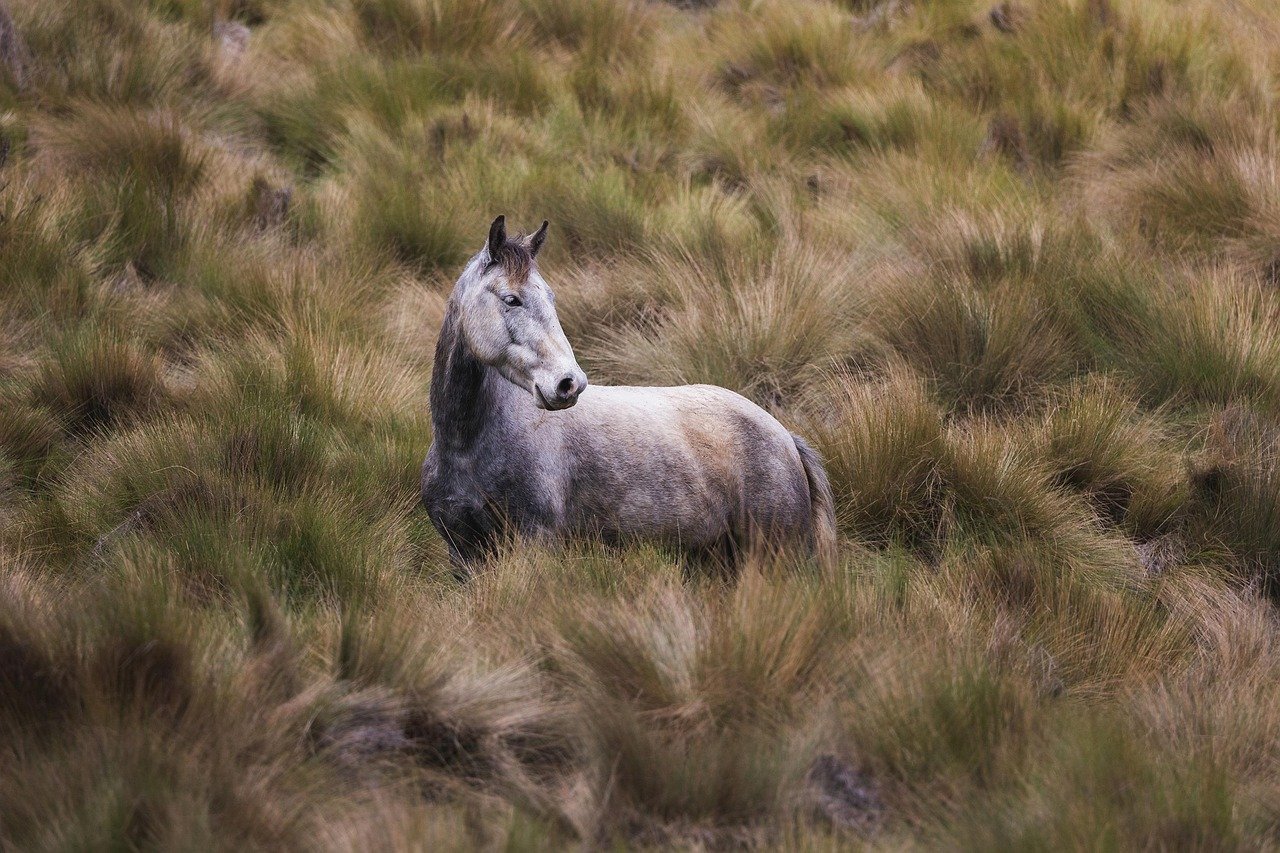
Over time, certain areas of your pasture may become bare or dominated by undesirable plants. Reseeding is an effective way to rejuvenate these areas. Choose seed mixtures that are suitable for your region’s climate and soil type to ensure successful growth.
Reseeding not only replenishes the pasture but can introduce a variety of grasses that offer different nutrients. This diversity can be beneficial for your horses’ diet. Think of reseeding as adding new dishes to your horses’ menu, ensuring they have a balanced and varied diet.
Monitor and Adjust Regularly
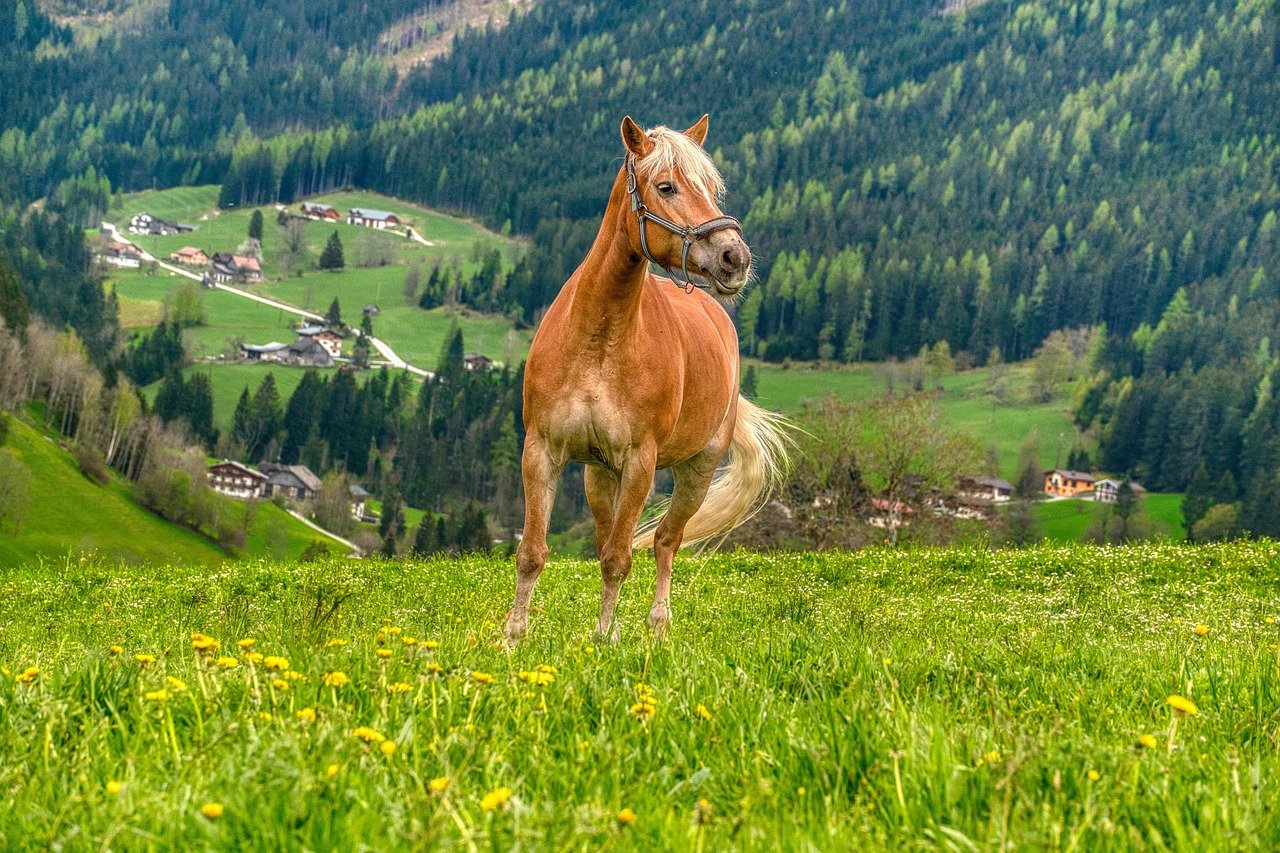
Pasture management is not a set-it-and-forget-it task. It requires continuous monitoring and adjustments to ensure optimal conditions. Regularly walk through your pasture to observe changes, check for signs of wear, and make necessary adjustments.
Be open to experimenting with different management techniques to see what works best for your specific situation. Remember, every pasture is unique, and what works for one may not work for another. Regular monitoring ensures that you can address issues before they become significant problems, keeping your pasture and horses in top condition.
In conclusion, effective pasture management is the key to ensuring your horses have access to high-quality forage. By implementing these tips, you not only enhance the health and productivity of your pasture but also contribute to the overall well-being of your horses.
Jen is a passionate nature lover and ocean conservationist. She has dedicated her life to protecting the environment and preserving the beauty of the natural world. Growing up in a small coastal town, Jen sincerely appreciated the ocean and its inhabitants. She has spent countless hours exploring the shoreline, learning about the creatures that inhabit the waters, and advocating for their protection. Jen is an active member of ocean conservation organizations, and she is committed to educating the public about the importance of conserving wildlife and the natural environment.

